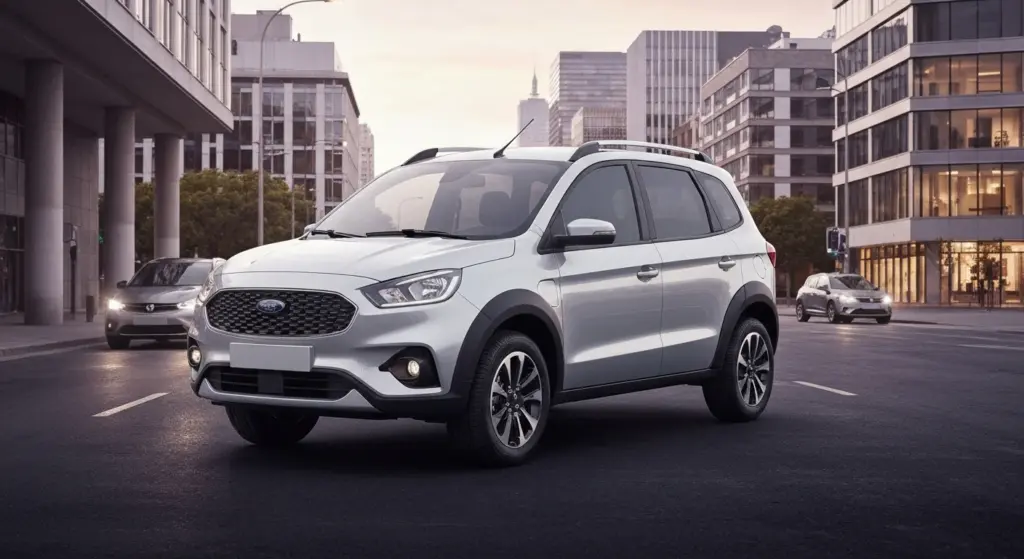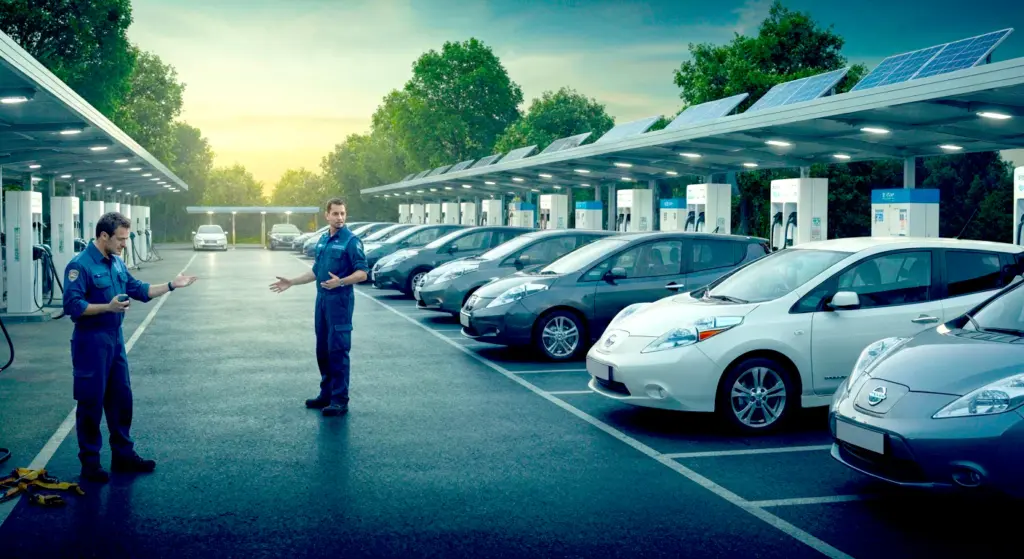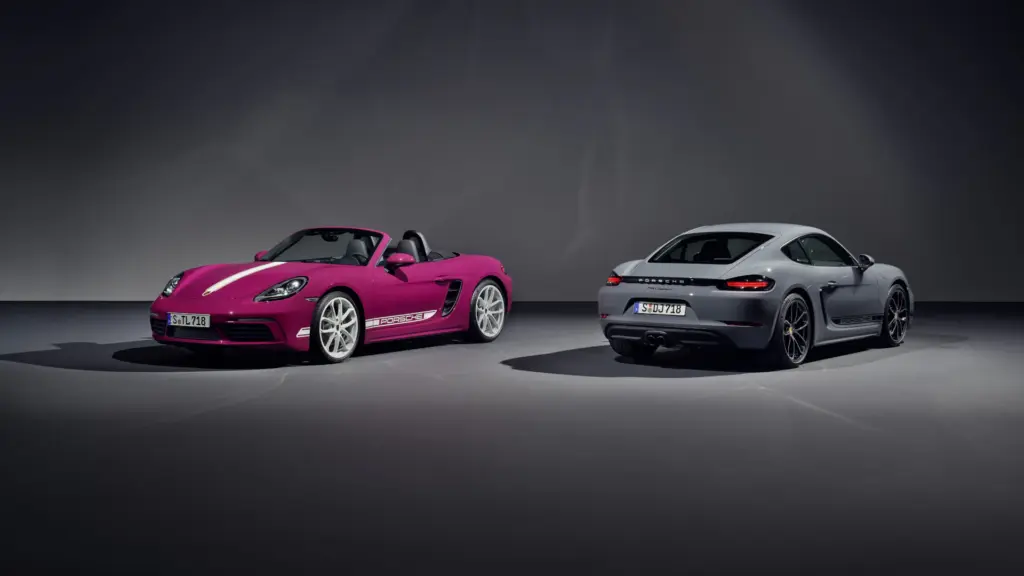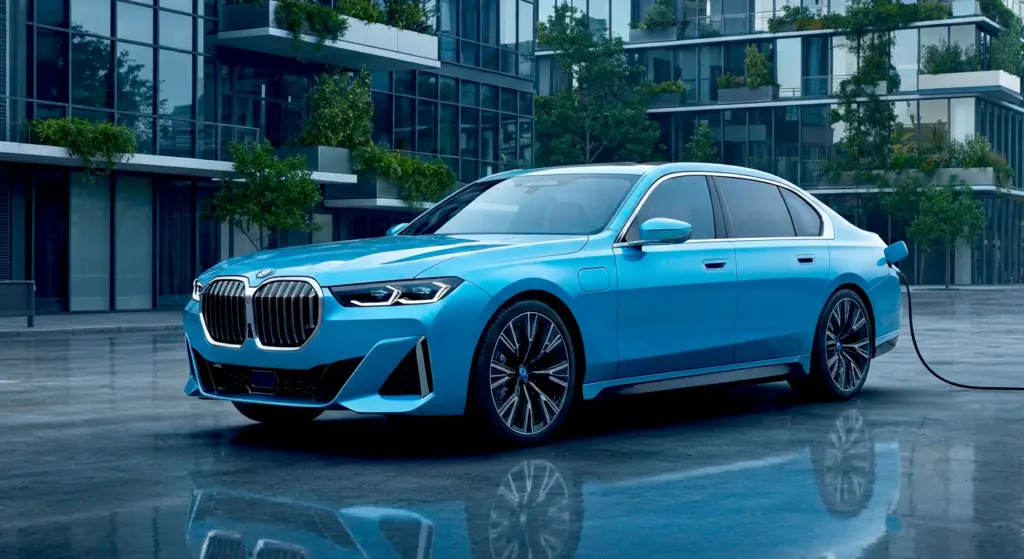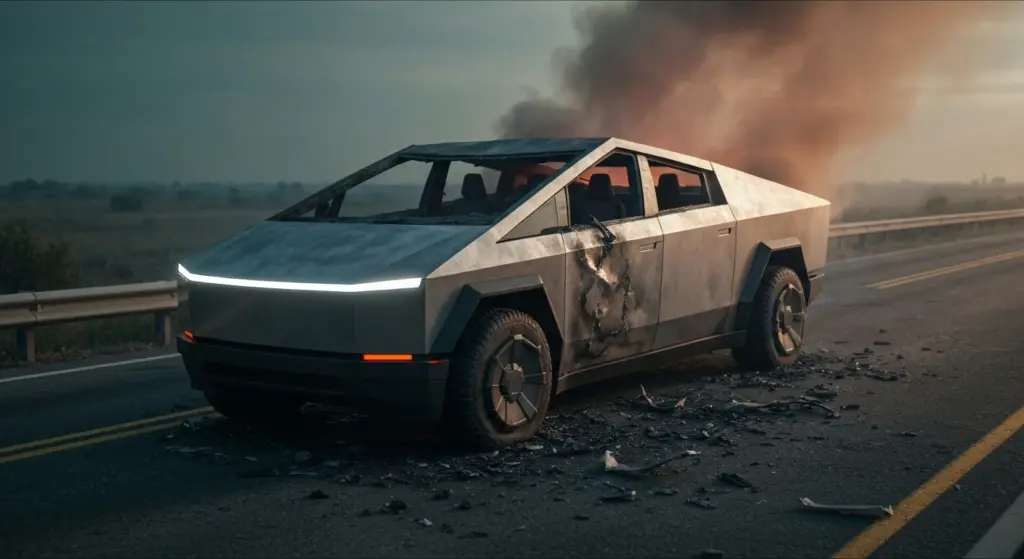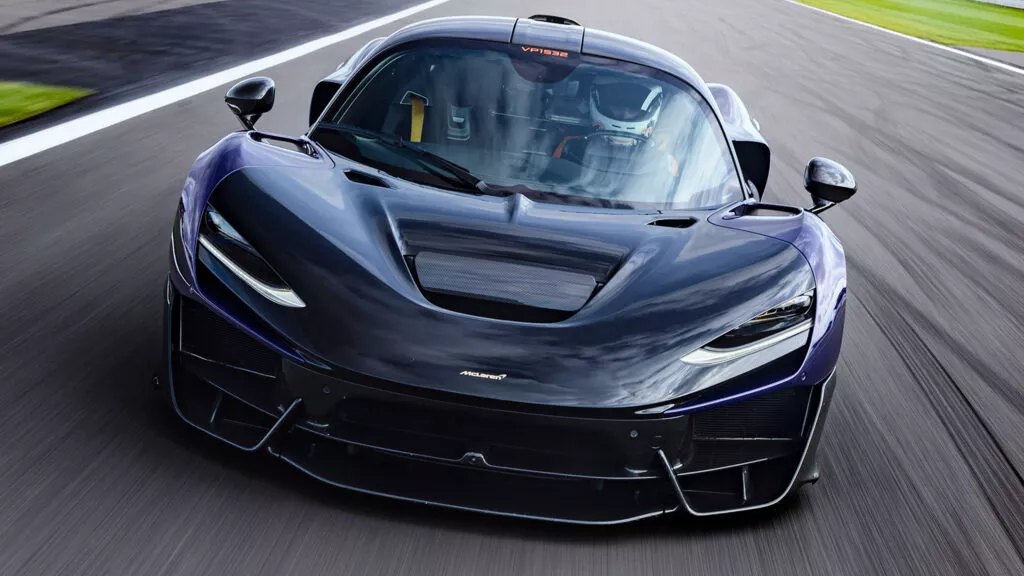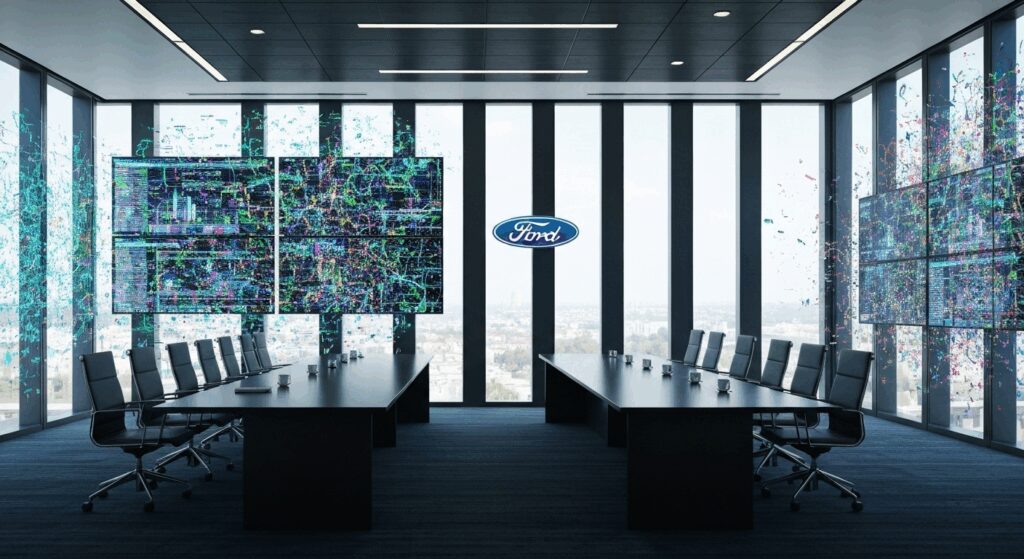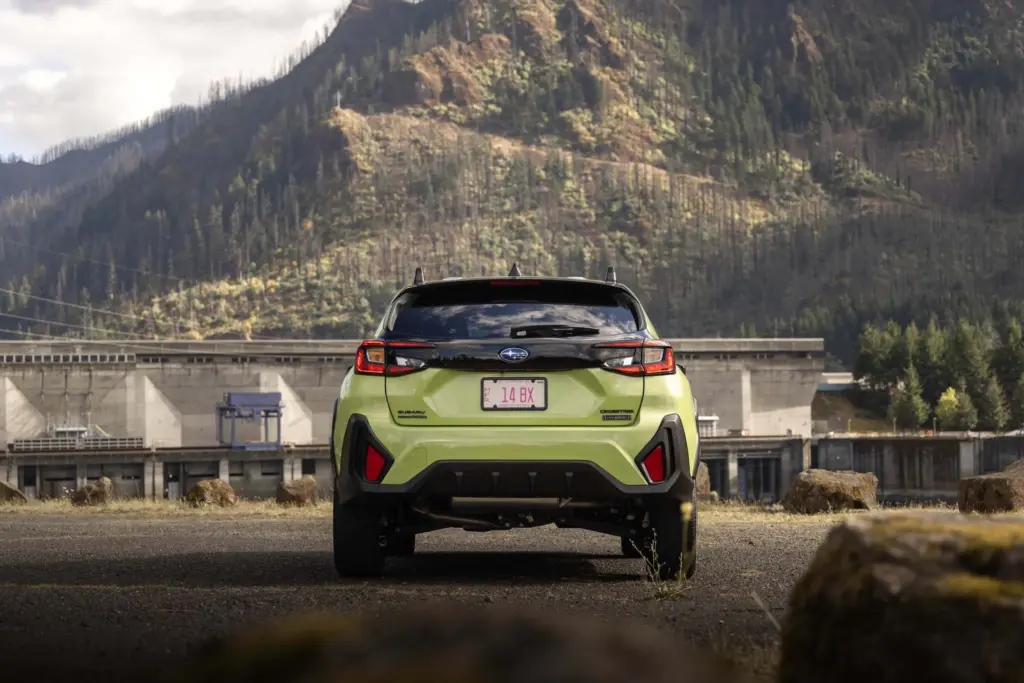Why did the Passat B2, also known as the Santana, become an icon? Check out the details of its engine, fuel efficiency, and the enormous trunk.
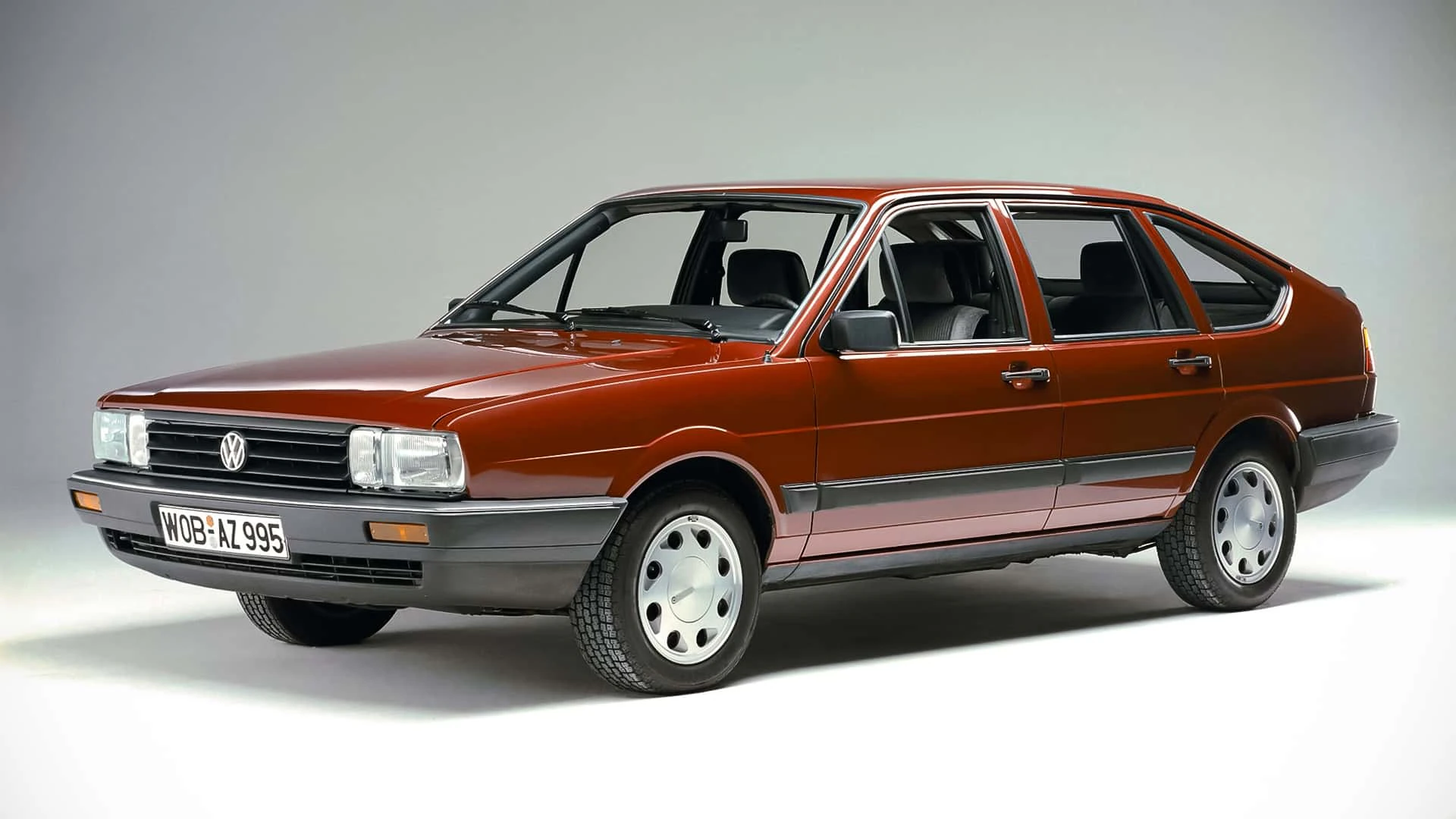
The Volkswagen Passat B2 was a landmark in global automotive history during the 1980s, consolidating the brand’s presence in various markets and strengthening the legacy started by its predecessor. With modern design, multiple body options, and technical innovations, this model stood out for its versatility and durability, winning fans around the world.
Design and Versatility: Volkswagen’s World Car
Launched as the second generation of the Passat, the B2 model gained prominence with a more angular and sophisticated aesthetic, reflecting the transition era of the 80s toward modernity. The project was designed to meet a global audience, with a platform that supported different body types, including three- and five-door hatchbacks, elegant sedans, and the popular Variant wagon.
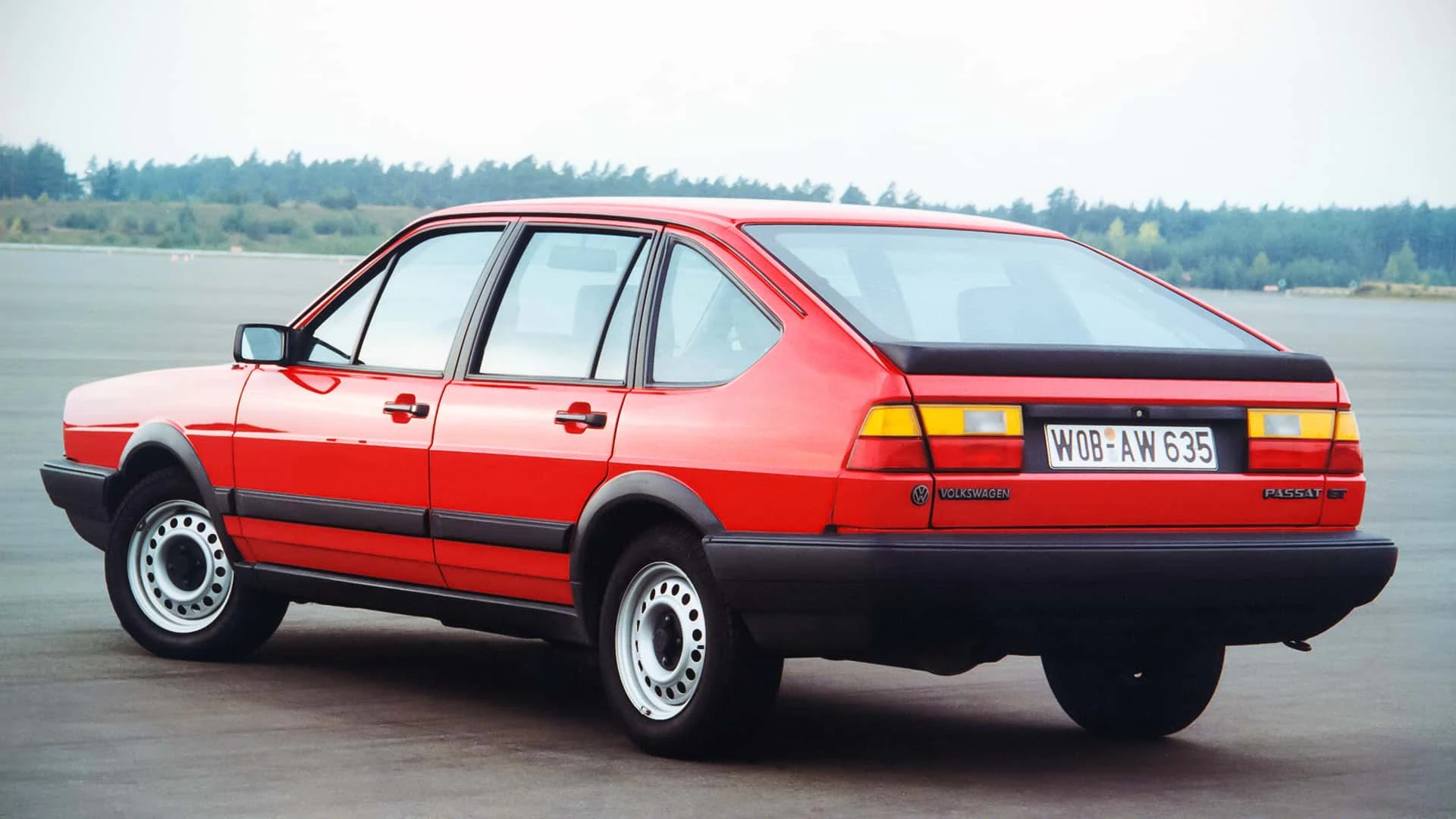
This diversity of formats allowed the Passat B2 to easily adapt to the demands of various consumers, from families needing space and practicality to those seeking a sedan with its own identity — often known as Santana in many markets. This marketing strategy, by creating a “strong name” for the sedan version, was fundamental in expanding its reach and market penetration.
Mechanical Innovation and Family Comfort
In practice, the Volkswagen Passat B2 offered a combination of interior comfort and performance that made it a solid option for families and demanding drivers. Its generous interior, with ample space for passengers and one of the largest trunks in its category, reinforced its suitability for daily use and long trips.
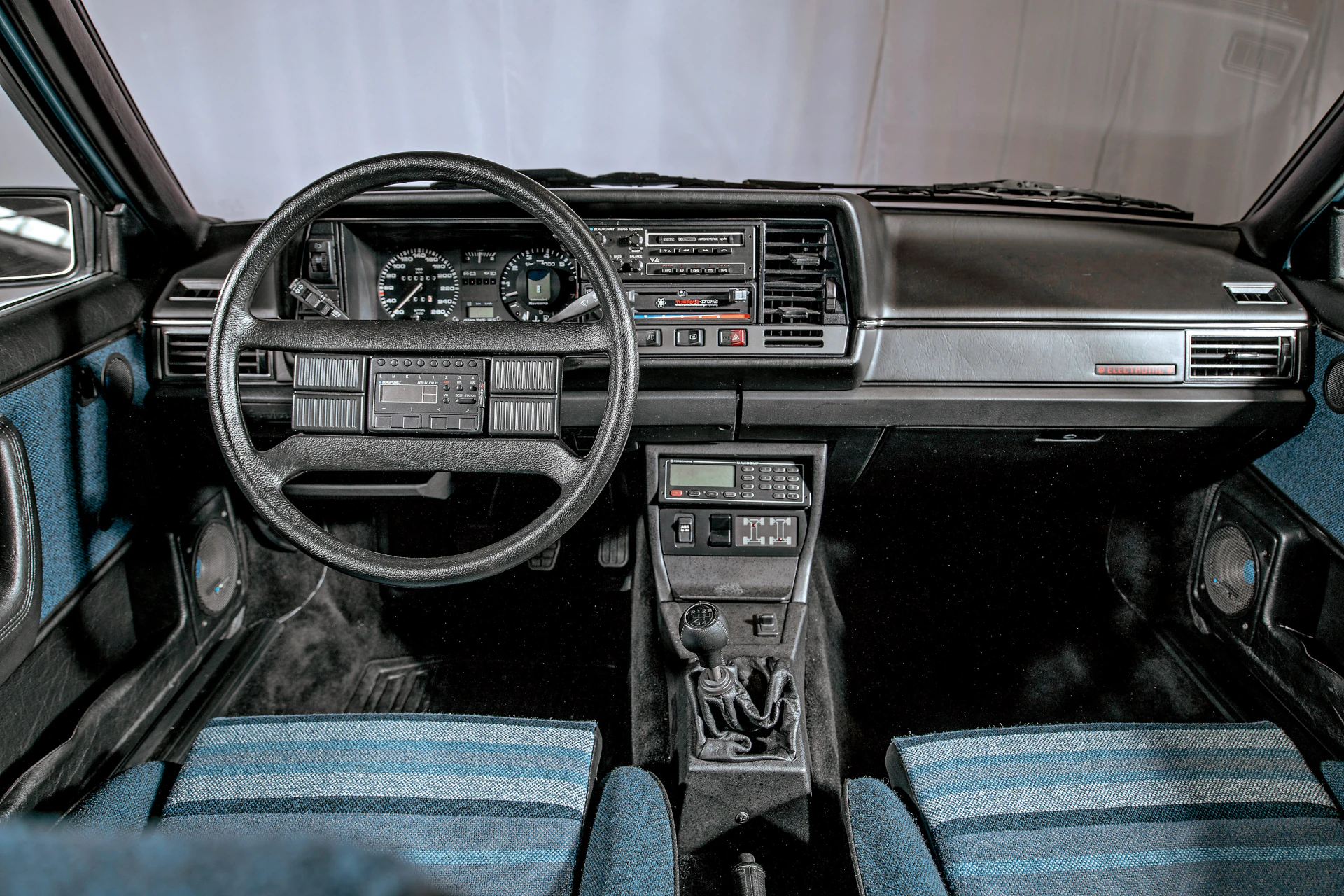
Regarding mechanical options, the Passat B2 offered a wide range of engines, spanning from four- and five-cylinder gasoline versions to turbo diesel versions, adapting to regional demands for fuel economy and performance. A significant technological highlight was the introduction of the Syncro system, Volkswagen’s all-wheel drive, which enhanced the vehicle’s safety and versatility on varied terrains — a technology few competitors offered at the time.
Representative Engine Specifications Sheet
| Model | Engine | Displacement | Power | Drive | Transmission | Body Type |
|---|---|---|---|---|---|---|
| Gasoline 1.8L | 4 cylinders in line | 1781 cm³ | 90 to 112 hp | Front-wheel | Manual (4/5 gears) or Automatic (3 gears) | Hatchback, Sedan, Variant |
| Turbo Diesel 1.6L | 4 cylinders in line turbo | 1588 cm³ | ~70 hp | Front-wheel | Manual 5 gears | Hatchback, Sedan, Variant |
Legacy and Enduring Presence in the World Market
Although its European production ended in the late 1980s, the robustness and flexibility of the Passat B2 allowed it to continue being manufactured and sold in several countries for many years thereafter. This longevity not only demonstrates the quality of Volkswagen’s engineering but also the ability to adapt the model to market developments, with updates that kept the sedan relevant even after the launch of new generations.
It is common to find the Passat B2, especially in its sedan and wagon versions, on the streets of countries in Latin America, Asia, and even regions of Eastern Europe, confirming its status as one of the most successful cars in Volkswagen’s history. For automotive enthusiasts, understanding the trajectory of this model is crucial to comprehending the strategies that shaped the brand’s global growth.
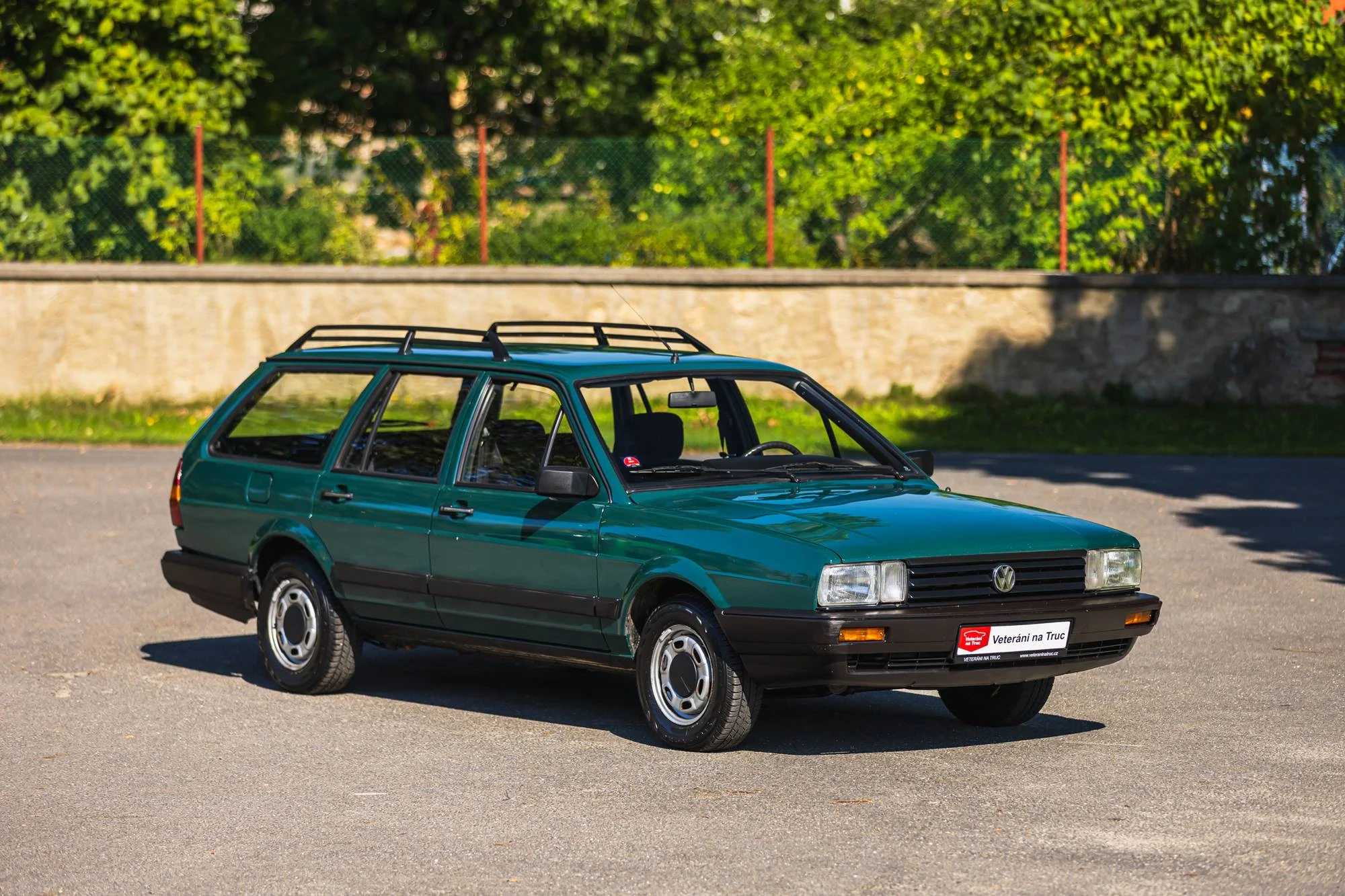
If you are passionate about iconic cars and want to deepen your knowledge of vehicles that have spanned generations, it is also worth checking out articles such as Ford Reveals $30K Electric Pickup That “Isn’t Really a Pickup” and the detailed analysis of the BMW i7 2025, which show the industry’s constant movement between tradition and innovation.
For those looking beyond technical specifications, the Volkswagen Passat B2 symbolizes the sustainability of a well-planned project, which aimed, from the beginning, to be more than just a regional model: it aspired to be a truly global, democratic, and functional car for its time.


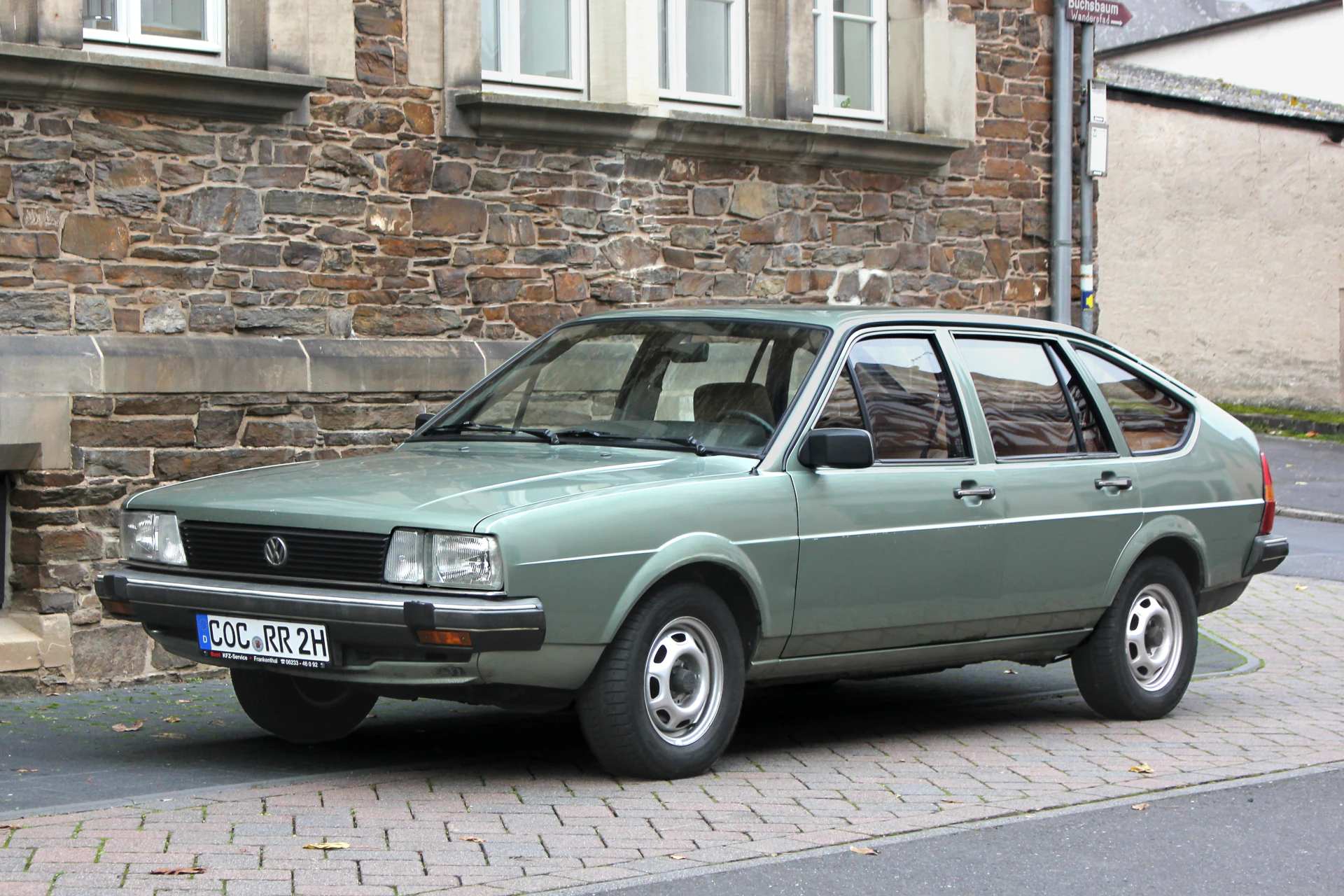


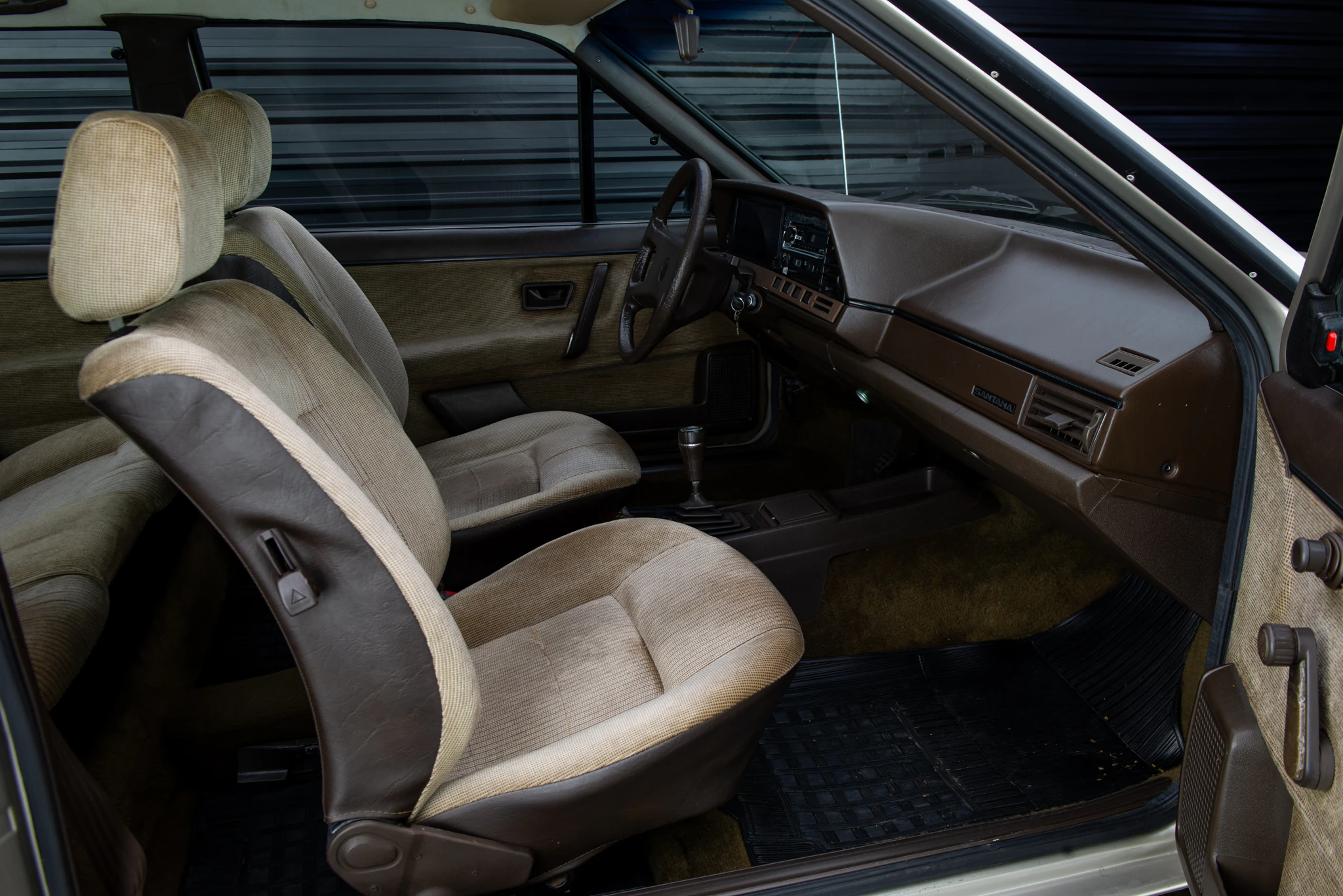
Author: Fabio Isidoro
Founder and editor-in-chief of Canal Carro, he dedicates himself to exploring the automotive universe with depth and passion. A car and technology enthusiast, he produces technical content and in-depth analyses of national and international vehicles, combining quality information with a critical eye for the public.

